Publications
.
1996. Self-Organizing Multi-Resolution Grid for Motion Planning and Control. Int. J. Neural Syst.. 7:757.
.
1996. An Efficient Interprocedural Slicing Method for Large Programs. 9th International Conference on Software Engineering and Knowledge Engineering. :279-287.
.
1997. Uncertainty, performance, and model dependency in approximate adaptive nonlinear control. Proceedings of the 36th IEEE Conference on Decision and Control. 3:3046-3051vol.3.
.
1992. Generalized algorithmic debugging and testing. ACM Lett. Program. Lang. Syst.. 1:303–322.
.
1991. Generalized Algorithmic Debugging and Testing. PLDI. :317–326.
.
2012. Predictive Complex Event Processing: A conceptual framework for combining Complex Event Processing and Predictive Analytics. Proceedings of Fifth Balkan Conference in Informatics (BCI 2012). :26-31.
.
2017. Empirical Study on Refactoring Large-scale Industrial Systems and Its Effects on Maintainability. Journal of Systems and Software. 129:107–126.
.
2018. Analysis of Static and Dynamic Test-to-code Traceability Information. Acta Cybernetica. 23:903-919.
.
2019. Differences between a static and a dynamic test-to-code traceability recovery method. SOFTWARE QUALITY JOURNAL. 27:797-822.
.
2002. Theory Revision with Queries: DNF Formulas. Machine Learning. 47:257–295.
.
2003. Various Robust Search Methods in a Hungarian Speech Recognition System. Acta Cybernetica. 16:229-240.
.
2016. GMM-Free Flat Start Sequence-Discriminative DNN Training. Proceedings of Interspeech. :3409–3413.
.
2003. Improving the Multi-stack Decoding Algorithm in a Segment-based Speech Recognizer. Proceedings of the 16th International Conference on Developments in Applied Artificial Intelligence. :744–749.
.
2003. Various Robust Search Methods in a Hungarian Speech Recognition System. Acta Cybernetica. 16:229–240.
.
2019. Using the Bag-of-Audio-Word Feature Representation of ASR DNN Posteriors for Paralinguistic Classification. Proceedings of Interspeech. :2413–2417.
.
2019. Using Fisher Vector and Bag-of-Audio-Words Representations to Identify Styrian Dialects, Sleepiness, Baby & Orca Sounds. Proceedings of Interspeech. :2413–2417.
.
2020. Using the Fisher Vector Representation for Audio-based Emotion Recognition. Acta Polytechnica Hungarica. 17:7–23.
.
2020. Social Signal Detection by Probabilistic Sampling DNN Training. IEEE Transactions on Affective Computing. 10:164–177.
.
2019. Calibrating DNN Posterior Probability Estimates of HMM/DNN Models to Improve Social Signal Detection From Audio Data. Proceedings of Interspeech. :515–519.
.
2019. Posterior-Thresholding Feature Extraction for Paralinguistic Speech Classification. Knowledge-Based Systems. 186
.
2020. Applying DNN Adaptation to Reduce the Session Dependency of Ultrasound Tongue Imaging-based Silent Speech Interfaces. Acta Polytechnica Hungarica. 17:109–124.
.
2017. DNN-Based Feature Extraction and Classifier Combination for Child-Directed Speech, Cold and Snoring Identification. Proceedings of Interspeech. :3522–3526.
.
2019. Identifying Mild Cognitive Impairment and mild Alzheimer’s disease based on spontaneous speech using ASR and linguistic features. Computer, Speech & Language. 53:181–197.
.
2019. Calibrating AdaBoost for Phoneme Classification. Soft Computing. 23:115–128.
.
2019. Autoencoder-Based Articulatory-to-Acoustic Mapping for Ultrasound Silent Speech Interfaces. Proceedings of IJCNN.

 ]
]